译者注:netfairy曾经在论坛上翻译过该系列的前八部分,时隔三年,原作者fuzzySecurity后来于16年底又更新了10篇内核漏洞利用相关的内容。本文翻译了第十部分,译毕始觉漏掉了第九部分,以后有时间的时候补上。
点击查看原文
本文同步于我的博客
欢迎来到本系列的第十幕,自上次一别已是三年匆匆。我们这次将来一场ring0之旅,一步一步迎接新的挑战!这一幕我们将看看Windows 7(没有SMEP&SMAP)上一个普通的内核栈溢出。我们的目标虽然是32位的但这一并不意味着可以变得简单,除却一些次要的变化,在64位机上该exploit也同样生效。
我们的目标驱动是一个非常出色的项目,它由@HackSysTeam完成,他们创建了一个demo驱动,该驱动内置了一些漏洞用于实践内核漏洞的利用,棒极了!让我们开始吧。
译者注:以上包含的文章如果未译,我日后会翻译。这几篇此前看过,都是很经典的干货。
作为第一步我想先简单的叙述调试环境的设置,这通常很痛苦。特别的,安装的目标使用Windows(这我知道,来吧!)。
首先通过上面的链接获取VirtualKD,解压然后安装target中的vminstall组件到待调试的VM。
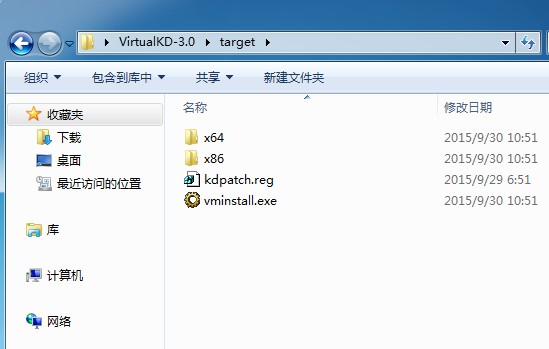
完成后在宿主机(x86/x64)启动vmmon并重启VM。你可以看到类似这样的东西:
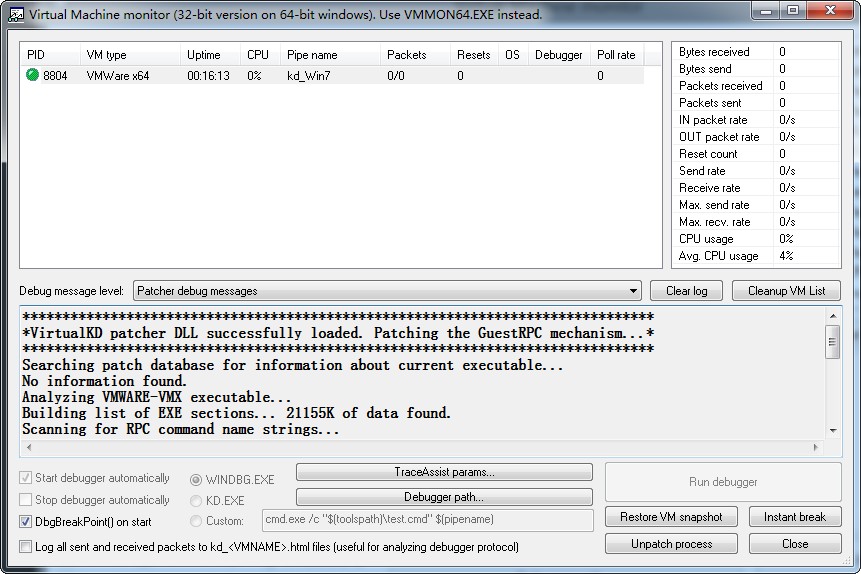
配置"Debugger path..",让它指向你宿主机的WinDBG;VM重启时选择VirtualKD的boot选项,此时你可以看到它会自动attach到机器上。很简单&并不痛苦!

还差加载漏洞驱动程序。通过前面的链接获取OSR Driver Loader工具(你可能需要注册->任意邮箱)。打开OSR Loader工具,注册服务(你可能需要重启),完成以后,单击浏览,选择漏洞驱动程序并点击启动服务。如果一切顺利的话,你将会看到这样的画面:
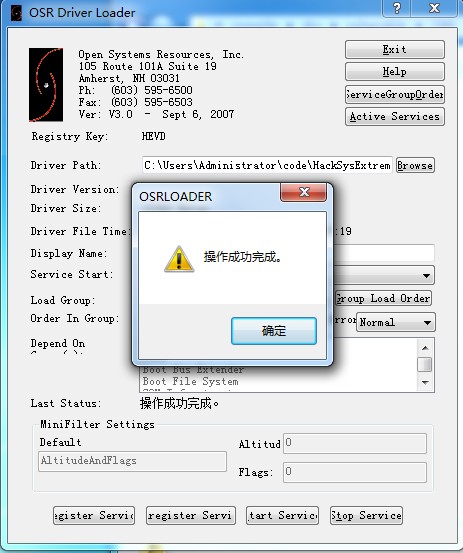
如果你通过WinDBG连接到机器,使用"lm"命令就可以看到该驱动程序被成功加载:

也可以看看挂起IDA Pro到VirtualKD的向导。如果你没有IDA Pro,我建议你下载免费的版本,仅仅需要它的graph view。你可以手动重定向驱动基址(rebase)来保证和WinDBG中看到的一致(Edit->Segments->Rebase program)。这样一来,你可以可视化的看到当前正发生什么,哪些地址需要下断,在WinDBG中加以利用。
好,就如前面提到的,我们在本文将进行栈溢出挑战。HackSysTeam提供给了我们驱动的源代码,我们也可以看看相关的部分!
这里展示了含有漏洞的代码,同时也给出了解决的方案。RtlCopyMemory使用一个指向kernel buffer的指针,一个input buffer的指针以及一个指定拷贝字节数的整型数。显然这里有点故事,在有漏洞的版本中,buffer尺寸是基于input buffer的尺寸,而安全版本中尺寸被严格限制到了kernel buffer的大小。如果我们调用到该函数,传递一个尺寸大于kernel buffer的input buffer,就会发现一些端倪。
好,让我们看看IDA中的IrpDeviceIoCtlHandler表,这里驱动程序比较了输入的IOCTL码,找到识别它的例程。
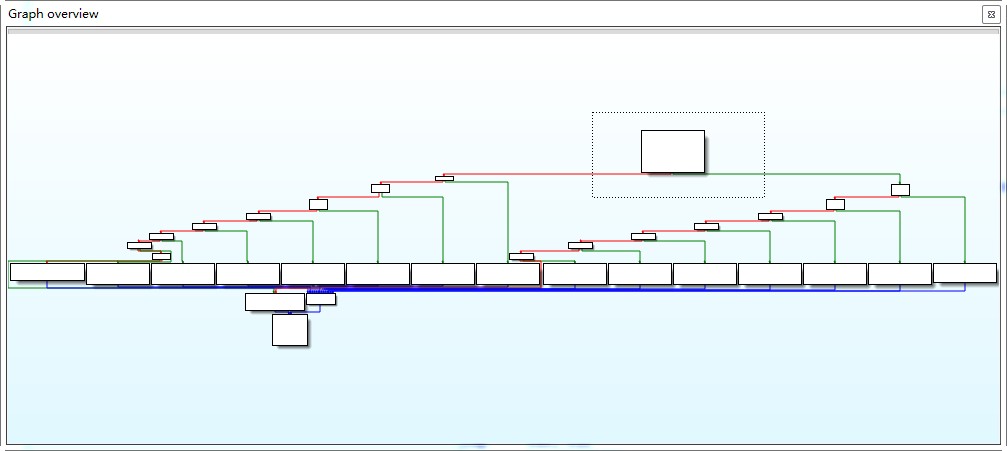
有相当数量的IOCTL!转到图形的左侧可以看到下面的内容:

可以看到如果IOCTL码是0x222003,我们就会转入到TriggerStackOverflow函数的调用分支。花些时间来调查一下这一switch语句。最基本的,输入IOCTL通过比较大小来进行匹配,一路递减直到找到一个合法的码值或干脆命中最后的"Invalid IOCTL..."。
看看TriggerStackOverflow函数,我们或多或少可以看到在源码中发现的内容,注意到kernel buffer长度为0x800(2048)。
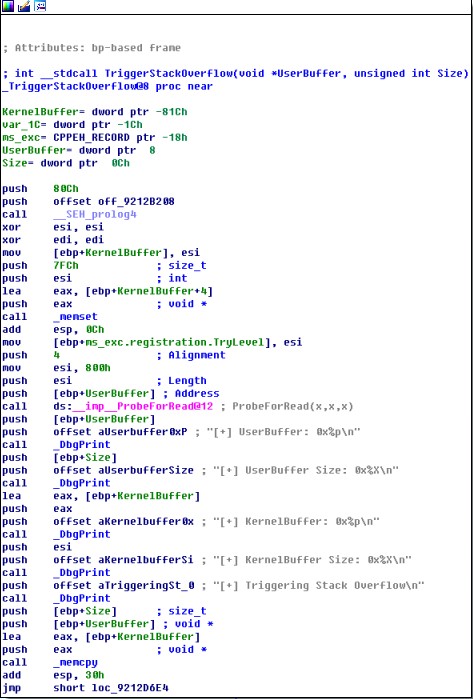
我们已掌握了所有线索,下面就尝试去调用该漏洞方法,传递给它一些数据。这是我在PowerShell中编织的模板代码:

非常棒,从调试器的输出中可以看到我们调用到了目标函数。显然我们没有发送足够多的数据来触发溢出。让我们试试发送一个0x900(2304)大小的buffer。

好吧,VM蓝屏了,经过一些辅助的运算我们可以找出到EIP精准的偏移(EBP也一样)。我把这留给读者作为练习(别忘了pattern_create)。让我们修改POC代码,再次出发溢出。
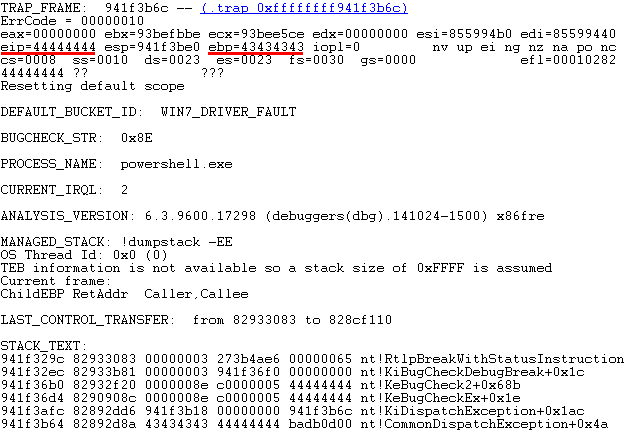
我们的代码在内核空间执行了,但是我们并不能为所欲为的执行任意shellcode。有非常多的内容值得我们尝试(例如,写一个ring3层shellcode stager),但我觉着目前最好还是做一个简单的提权攻击。
在Windows中所有的对象都有安全描述符,它们定义了在对象上谁可以执行哪些行为。有很多种tokens用于描述这些访问权限,但是"NT AUTHORITY\SYSTEM" token拥有最高权限。也就是说它可以在系统上的任何对象上执行任意行为(实际上,这非常复杂)。在最基础的层面,我们想让我们的shellcode可以做到:(1)找到当前进程的token(powershell),(2)循环遍历进程列表直到找到一个系统进程(System Process)(PID 为4,这是个静态的系统进程PID),(3)找到该进程的token,(4)用其值覆盖当前进程的token。
编写该shellcode有一点点长,你需要去查找一些静态的偏移量,我不会在这里详述。简单来说,可以查阅"x64 Kernel Privilege Escalation"一文,此外HackSysTeam驱动中也内置了一些payload示例。可以在下面看到通用的shellcode结构。
这一解决方案是可用的但唯独缺少了一个东西。当我们触发溢出并执行shellcode后我们会搞乱堆栈。我们希望shellcode可以补偿这一遗失以保证在复制了系统进程的token后,VM不会蓝屏。
对crash的调查揭示了我们实际上在退出TriggerStackOverflow函数时只是通过覆盖返回地址来获取EIP的控制。

让我们在该地址下个断点,给驱动发送一个小的buffer使得我们可以看到在正常执行时发生了些什么。
让我们看看栈长什么样。
很幸运,当我们做宝贵的覆盖时,这并不算太坏。当我们的shellcode执行后我们需要简单的模拟"pop ebp"和"ret 8",这一执行流会重定向回HackSysExtremeVulnerableDriver+0x503d这一正确的地址。尽管它不是那么显而易见,我们也想清掉EAX,就好像该驱动函数返回了NTSTATUS->STATUS_SUCCESS(0x00000000)。
这可以达成欺骗效果!最终的shellcode如下:
我写出汇编代码并使用Keystone引擎来编译。
万事俱备,剩下的就是在内存中的某处分配我们的shellcode,用它的地址覆盖EIP。记着该shellcode内存应该被标记为R/W/E。完整的exploit如下:

译者注:我在本地测试时,WinDbg的输出和作者的不太一样,我是用!analyze -v来查看崩溃现场,输出的信息有点冗余,没有原作者的输出信息清爽,所以windbg部分的信息与截图保留了原作者的版本。
HEVD是我个人强烈推荐的入门Windows内核漏洞的靶场,实际上内核漏洞并不难掌握,无非就是以下两点:
HEVD从一个简单的内核驱动程序入手,展示了各种常见的漏洞,让新手可以绕开复杂的Windows内核,掌握内核漏洞的利用。
[培训]内核驱动高级班,冲击BAT一流互联网大厂工作,每周日13:00-18:00直播授课
最后于 2018-3-15 20:25
被玉涵编辑
,原因: